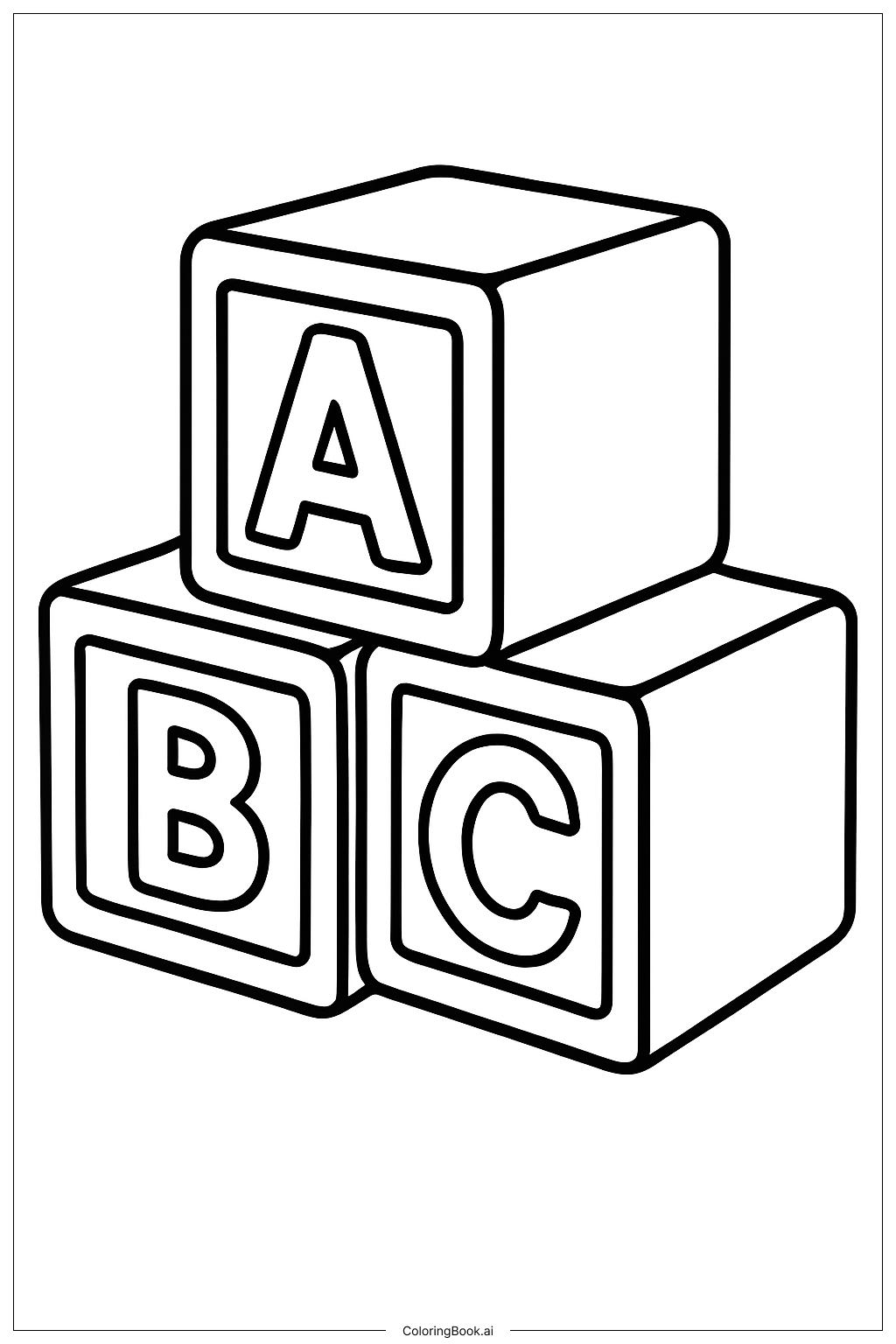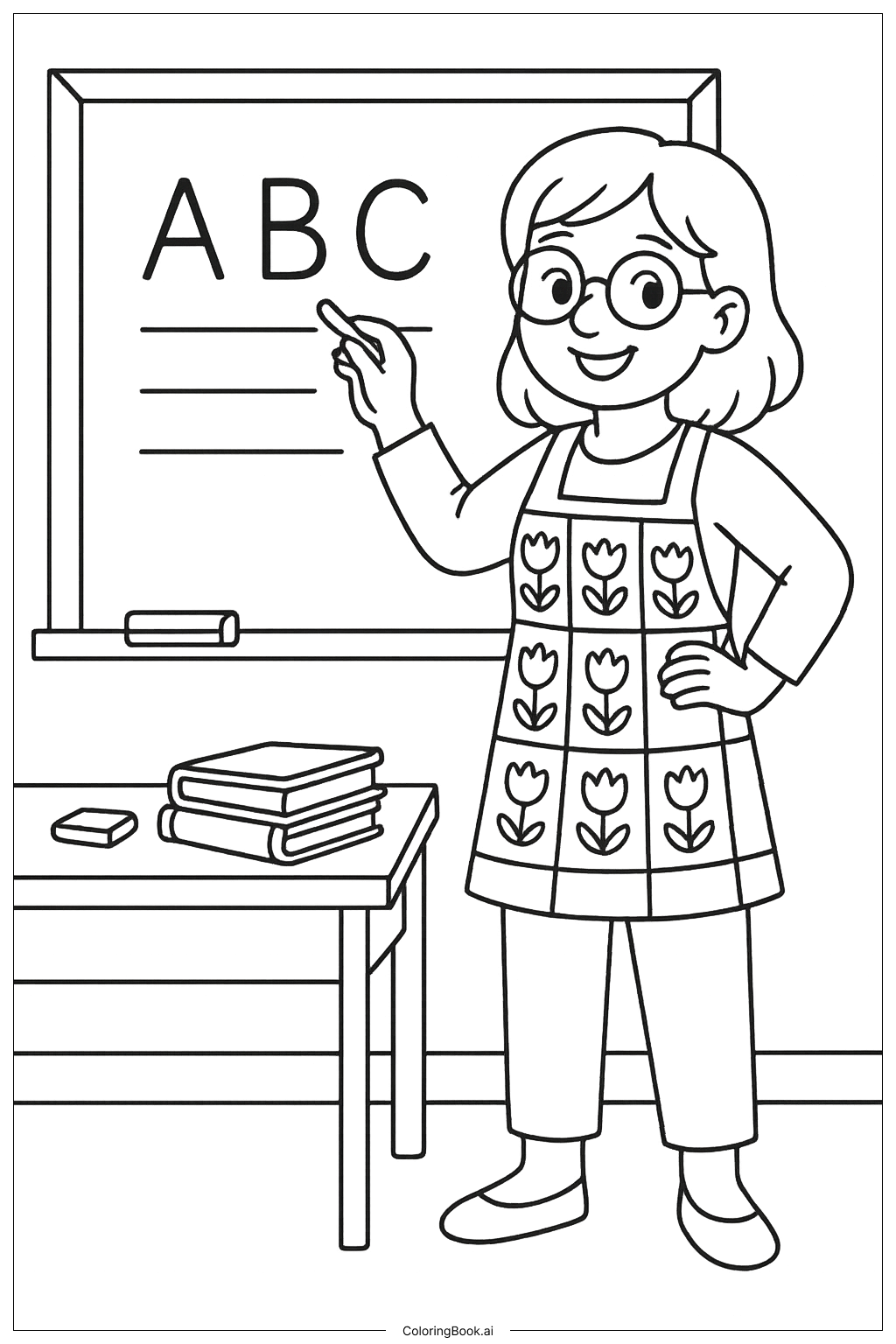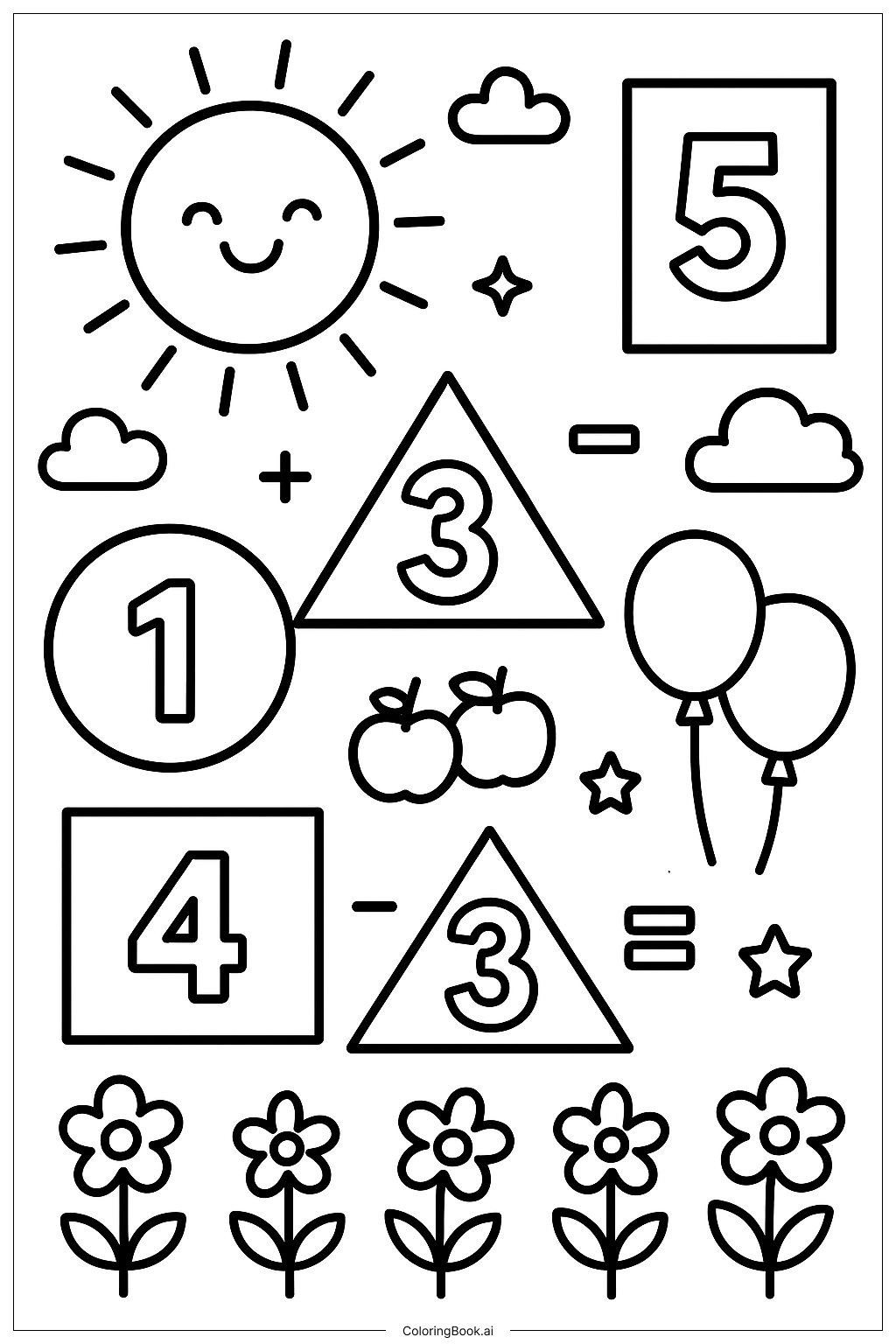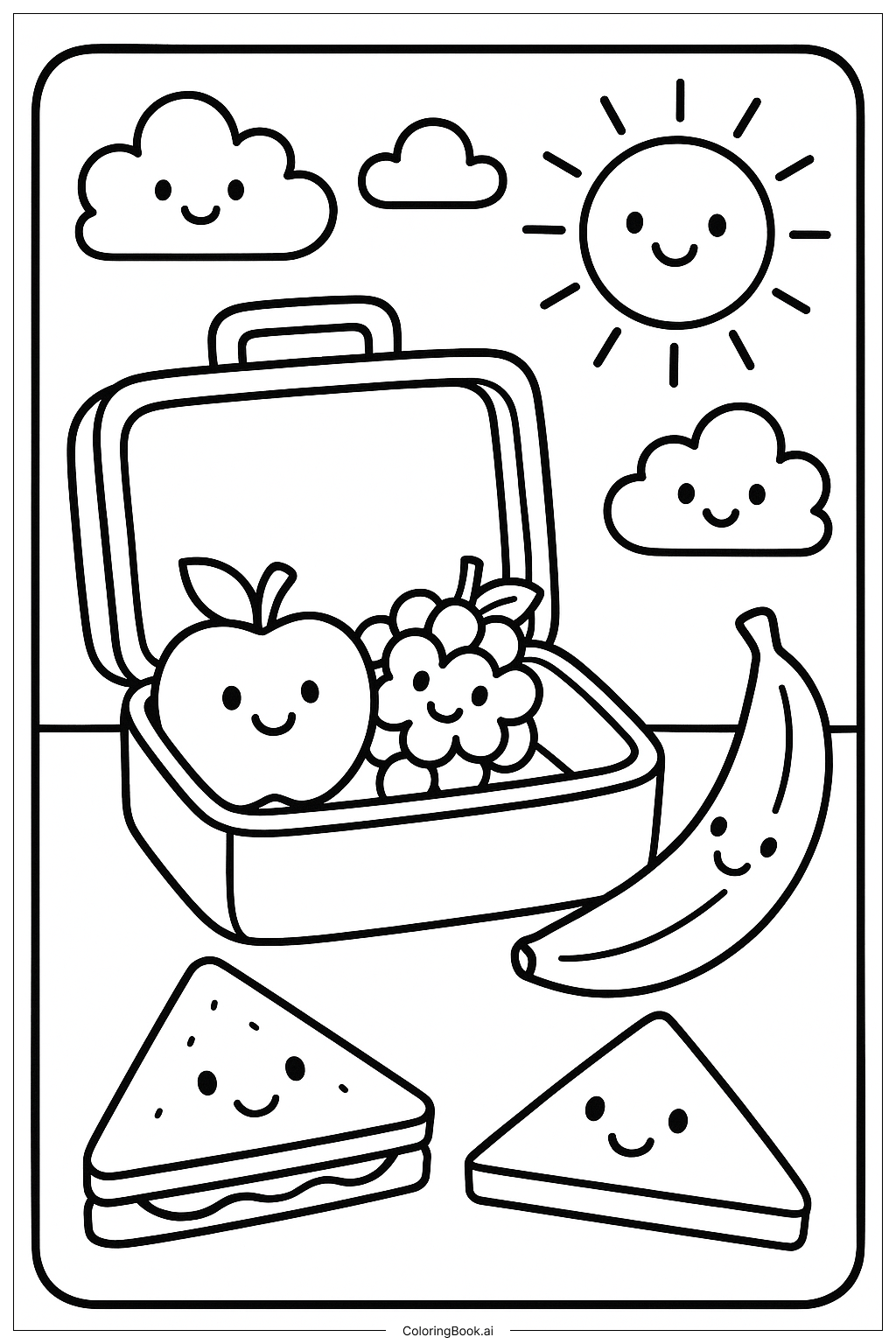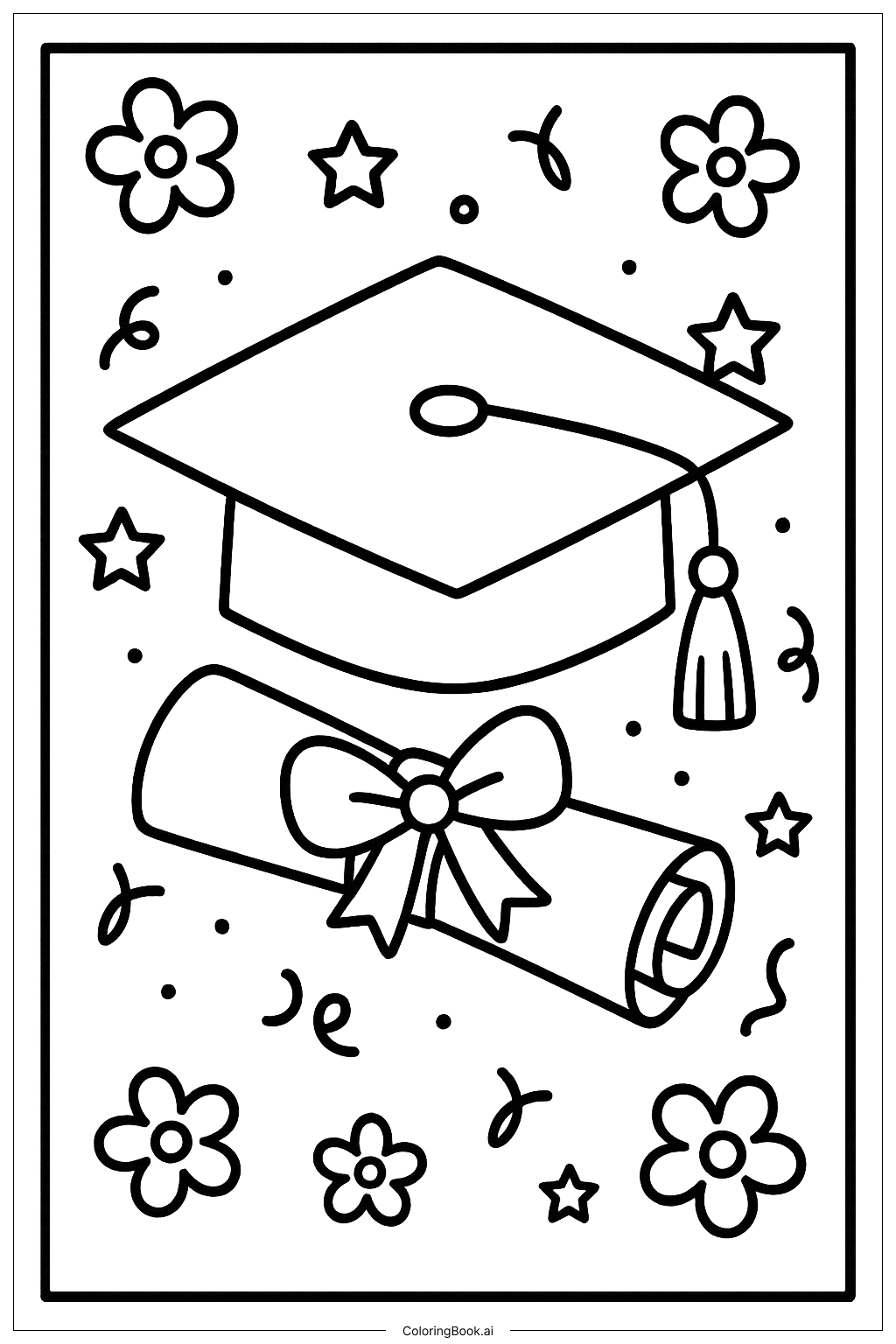Coloring tips: How to color Kindergarten Alphabet Blocks Stacked Together coloring page well?
For coloring the alphabet blocks, use bright and cheerful colors. Choose a different color for each block to create a fun and colorful display. You can use red, blue, green, or yellow for the blocks. Don't forget to color the letters inside the blocks too! You can choose white, black, or even a contrasting color to make the letters pop. Use crayons, markers, or colored pencils for a bright finish. Let your imagination run wild with patterns or designs on the blocks or keep it simple and solid!
Coloring challenges: Which parts are difficult to color and need attention for Kindergarten Alphabet Blocks Stacked Together coloring page?
1. Deciding on Colors: Choosing the right colors for the blocks can be challenging. Children may want to use their favorite colors, but they should also think about how they look together. 2. Staying Within the Lines: The blocks have clear outlines, but younger children might find it tricky to color inside the lines. This can lead to some messy coloring but also gives them practice! 3. Color Layering: Kids might want to use multiple colors on a single block. This requires them to layer colors neatly, which may be tricky at first. 4. Letter Visibility: Coloring the letters while ensuring they stand out can be a challenge. Children need to think about contrast, especially when choosing colors for the blocks and letters. 5. Creativity Balance: Some kids may want to create designs on the blocks, which requires planning and balance between different colors and patterns.
Benefits of coloring books: Advantages of drawing Kindergarten Alphabet Blocks Stacked Together coloring page
Coloring this image has many benefits for children. First, it helps improve fine motor skills. As kids color, they strengthen their hand muscles and improve their coordination. Secondly, coloring enhances creativity. Children can choose colors and patterns, allowing them to express their unique ideas. Third, it supports cognitive development by helping kids recognize letters and learn their sequence in the alphabet. Fourth, coloring can be a relaxing activity. It provides a soothing way for children to focus and unwind. Lastly, sharing their colored blocks can improve social skills, as kids talk about their choices with friends or family.
